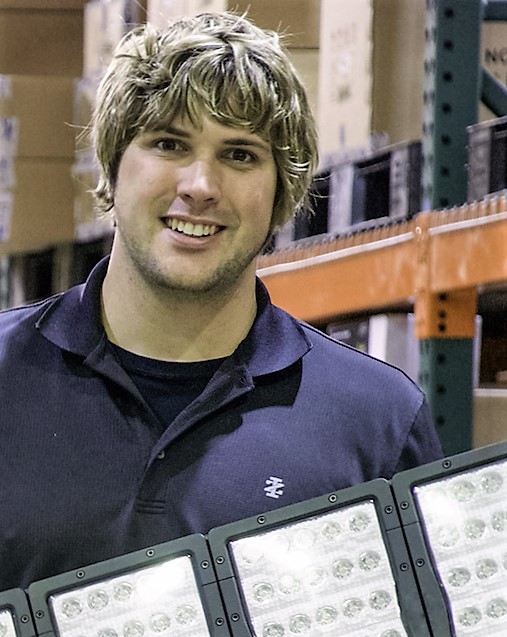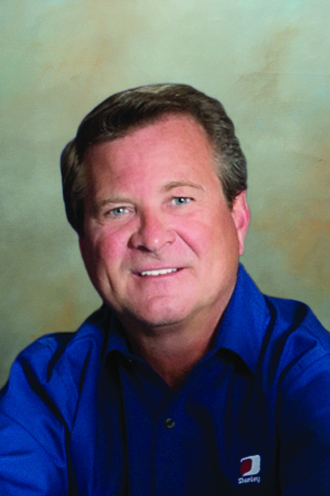For many years, fire trucks have been predominantly some shade of red in color with flashing lights, bells, whistles, and sirens. At face value, it’s arguable that fire trucks haven’t Continue reading
The Fire Apparatus Manufacturers’ Association (FAMA) has a goal to advance and protect the interests of the fire and emergency services community. While not everyone in the fire service will Continue reading
In recent years, the types of components plugged into fire apparatus electrical systems have changed significantly. Modern electronics have enhanced first responders’ ability to accomplish the tasks at hand quickly and effectively. Some Fire Apparatus Manufacturers’ Association (FAMA) member companies build apparatus, while others make the generators that produce the power, and still others make the lighting and equipment that consume that power. As technology becomes more sophisticated, it is important that all those who manufacture the components work together to ensure coordination, and that the firefighters who use the equipment recognize potential conflicts in equipment loads.
“Big Data” is a term used a lot these days. It basically describes the large volume of data—both structured and unstructured—that inundate us on a day-to-day basis. But, it’s not the amount of data that’s important; it’s what organizations do with the data that matters. In the business world, big data can be analyzed for patterns and insights that lead to better decisions and strategic business moves. In our world of firefighting, big data can be used to save lives and property, while making fire departments more operationally efficient.
While the name Fire Apparatus Manufacturers’ Association (FAMA) might imply the membership is limited to fire truck builders, a majority of the membership consists of companies who make the wide variety of components that are attached to the firetrucks. All the major fire pump manufacturers are members, and we participate significantly in FAMA’s work with National Fire Protection Association (NFPA) technical committees. In this article, we will describe recent changes in pump testing and how they impact fire apparatus performance.
In this day of electronic media, there are many ways to learn and sharpen your skills without ever leaving the station. There are videos, blogs, Webinars, and Google searches just to name a few. So, why bother sending your fire department staff to a live symposium when the alternatives are easier on department budgets? At the Fire Apparatus Manufacturers’ Association (FAMA), we feel that there is still a great advantage to getting out of the box and being able to meet face to face, ask questions, shake hands, and learn from each other. This is the reason our member companies dedicate time and energy each year, partnering with the Fire Department Safety Officer Association (FDSOA) to bring you the Annual Fire Apparatus Maintenance and Specification Symposium.
Aerial platform trucks provide the department with an extremely powerful tool for rescue, ventilation, and extinguishing fires. All Fire Apparatus Manufacturers’ Association (FAMA) member companies are concerned with firefighter safety, Continue reading
Firefighters often get a bad rap in technical communities as being more like cavemen than scholarly “academic” types. After all, our group does run into burning buildings when everyone else is running out. What most don’t understand, however, is that firefighters do not typically run into structures blindly without a very calculated assessment of the situation and application of a finely honed set of skills that they have mastered during their training.
Here are a few things a certified firefighter is required to know: reading smoke, understanding pyrolysis and thermochemical decomposition, knowing advanced hydraulic theory and on-the-fly calculation of friction loss, and a variety of topics in the emergency medical field, just to name a few. It would be reasonable to assume the profession is more akin to rocket science than “merely” putting out fires. Many member representatives of the Fire Apparatus Manufacturers’ Association (FAMA) are firefighters, and understand the complexities the industry faces.
Member companies of the Fire Apparatus Manufacturers’ Association (FAMA) are involved in the manufacturing and innovation of fire and rescue vehicles. The overriding focus of the FAMA Technical Committee is safety and encouragement to follow operation and vehicle maintenance best practices. The safety of pedestrians at fire and emergency scenes is one of the newer areas receiving manufacturers’ attention—both civilian and responder.
We live in a world of data. Within seconds, a Google search for “fire truck injuries” produces pages of results relating to firefighter injuries or deaths from apparatus crashes. Whether they are links to in-depth studies from the National Fire Protection Association (NFPA), the National Highway Traffic Safety Administration (NHTSA), or other industry organizations, many results point to persons injured in a crash involving an emergency vehicle. However, an Internet search for “pedestrians injured by fire rescue vehicles” returns anecdotal reports of persons hit while crossing in front of moving emergency vehicles. In response, several FAMA companies are proactively offering solutions intended to reduce pedestrian injuries or deaths by emergency vehicles.
In today’s world, technology is evolving at a record pace, and fire apparatus manufacturers are increasingly being requested to incorporate the latest and greatest technological advances in their fire apparatus. When we hear technology, we often think of the latest version of the iPhone, iPad, or something electronic. While those are some of the most recognizable advances in technology, there are other applications, many of which are quite complex. Technological advances in fire apparatus could be the implementation of a seat belt warning system, a vehicle data recorder (VDR), electronic stability control, or air bag system. These may seem to be ordinary technologies of everyday life, however their implementation in fire apparatus can require a great deal of creativity. In the automotive sector, there seems to be significant awareness on autonomous vehicles and continued advancements of crash avoidance systems. Fire Apparatus Manufacturers’ Association (FAMA) member companies add new technology features on a yearly basis, so what’s next for fire apparatus?








